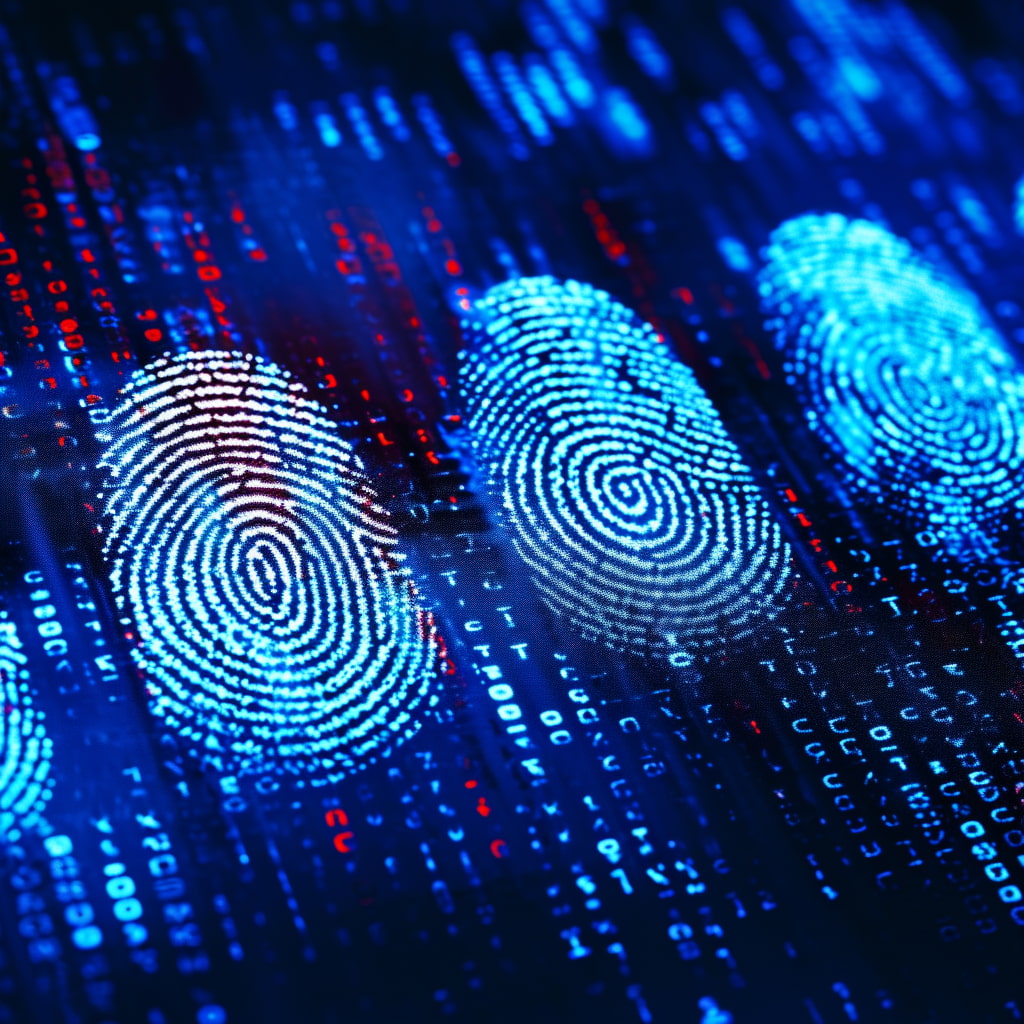Undergraduates at Columbia Engineering have conducted groundbreaking research challenging the long-standing belief that all fingerprints are unique. The widely accepted notion, often depicted in crime novels and TV shows, has been scrutinized by these students, revealing unexpected insights that could reshape forensic science.
Unearthing surprising patterns in fingerprint analysis
The research, set to be published in Science Advances on January 12, presents a compelling argument against the conventional wisdom surrounding fingerprint uniqueness. Contrary to popular belief, the study found that the angles and curvature at the center of fingerprints could be consistent across individuals, even if branching and endpoints varied.
To arrive at these conclusions, the researchers employed a deep contrastive network and utilized a US government database containing 60,000 fingerprints. Pairs of prints, originating from both the same and different individuals, were fed into the neural network. Astonishingly, the AI system demonstrated an accuracy of 77 percent in identifying whether the prints belonged to the same person. This accuracy was further increased when multiple pairs of prints were presented.
Unveiling the AI’s unconventional forensic marker
Initially perplexed by how the neural network achieved this accuracy, the team delved into the AI system’s decision-making process. Contrary to human observation, the AI focused on identifying the angles and starting points of the ridges rather than the overall pattern. This unexpected forensic marker challenged established methods and assumptions in fingerprint analysis.
Despite the groundbreaking nature of their findings, the research team faced initial resistance. The first journal they submitted their results to rejected the findings, citing the well-known belief in the uniqueness of every fingerprint. However, Engineering Professor Hod Lipson advocated for the publication, emphasizing the potential impact on solving cold cases.
Potential applications in solving cold cases
While the AI system’s accuracy may not be deemed sufficient for official case resolution, it holds promise for prioritizing leads in ambiguous situations. Professor Lipson emphasized the significance of this research in demonstrating that even a relatively simple AI, working with a standard dataset, can uncover insights that have eluded human experts for decades.
The results of this study open up new possibilities in forensic science, challenging established norms and offering a fresh perspective on fingerprint analysis. The potential application of this AI-driven approach could lead to breakthroughs in solving cold cases and improving investigative processes.
AI’s role in advancing forensic science
Professor Lipson highlighted the misconception that AI merely regurgitates existing knowledge, emphasizing that this research showcases how even a straightforward AI, given a common dataset, can make discoveries that elude human experts. The study not only questions the assumed uniqueness of fingerprints but also underscores the transformative potential of AI in advancing forensic science.
As the research community grapples with these groundbreaking findings, there is anticipation surrounding their publication in Science Advances. The early release of this information, prompted by a breach of embargo, underscores the urgency and significance of the research’s potential impact on forensic practices.





